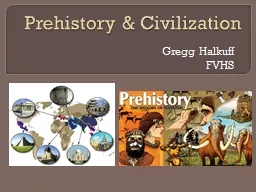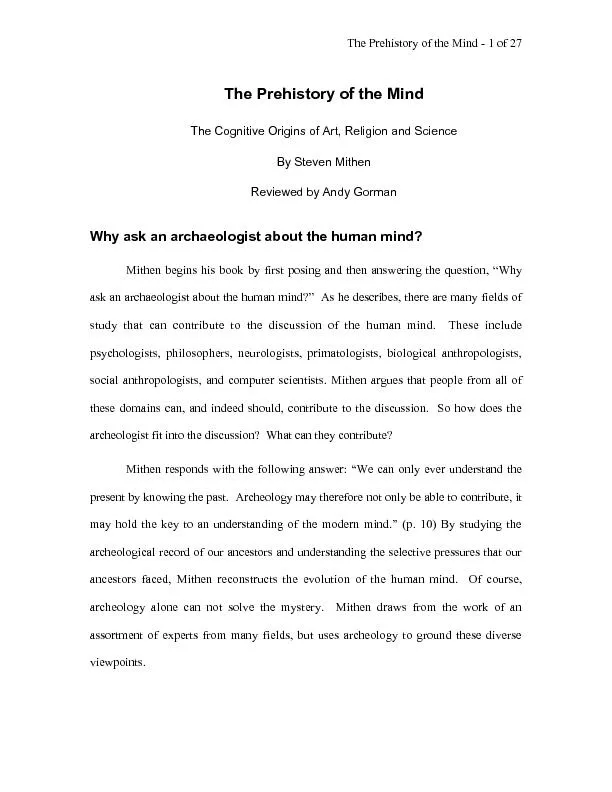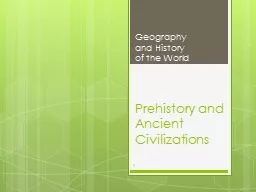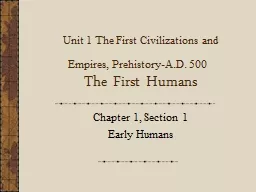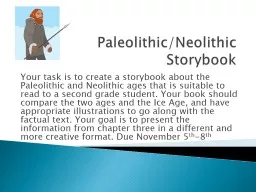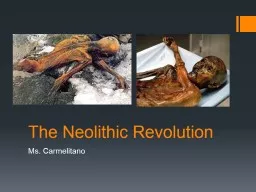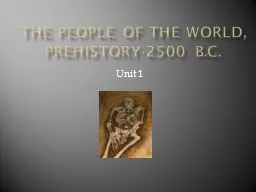PPT-Prehistory-Neolithic Era
Author : pasty-toler | Published Date : 2016-12-02
History Club Lucy Lucy was the first human ancestor that was primarily made up of bones Lucy is 35 million years old Lucy is 35 ft tall Kingdom Animalia Animals
Presentation Embed Code
Download Presentation
Download Presentation The PPT/PDF document "Prehistory-Neolithic Era" is the property of its rightful owner. Permission is granted to download and print the materials on this website for personal, non-commercial use only, and to display it on your personal computer provided you do not modify the materials and that you retain all copyright notices contained in the materials. By downloading content from our website, you accept the terms of this agreement.
Prehistory-Neolithic Era: Transcript
Download Rules Of Document
"Prehistory-Neolithic Era"The content belongs to its owner. You may download and print it for personal use, without modification, and keep all copyright notices. By downloading, you agree to these terms.
Related Documents


